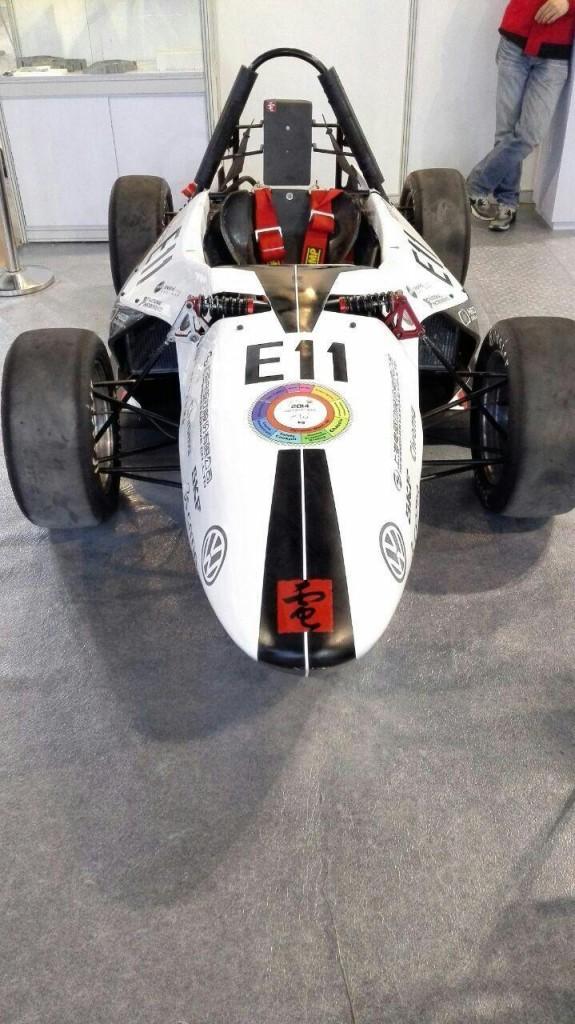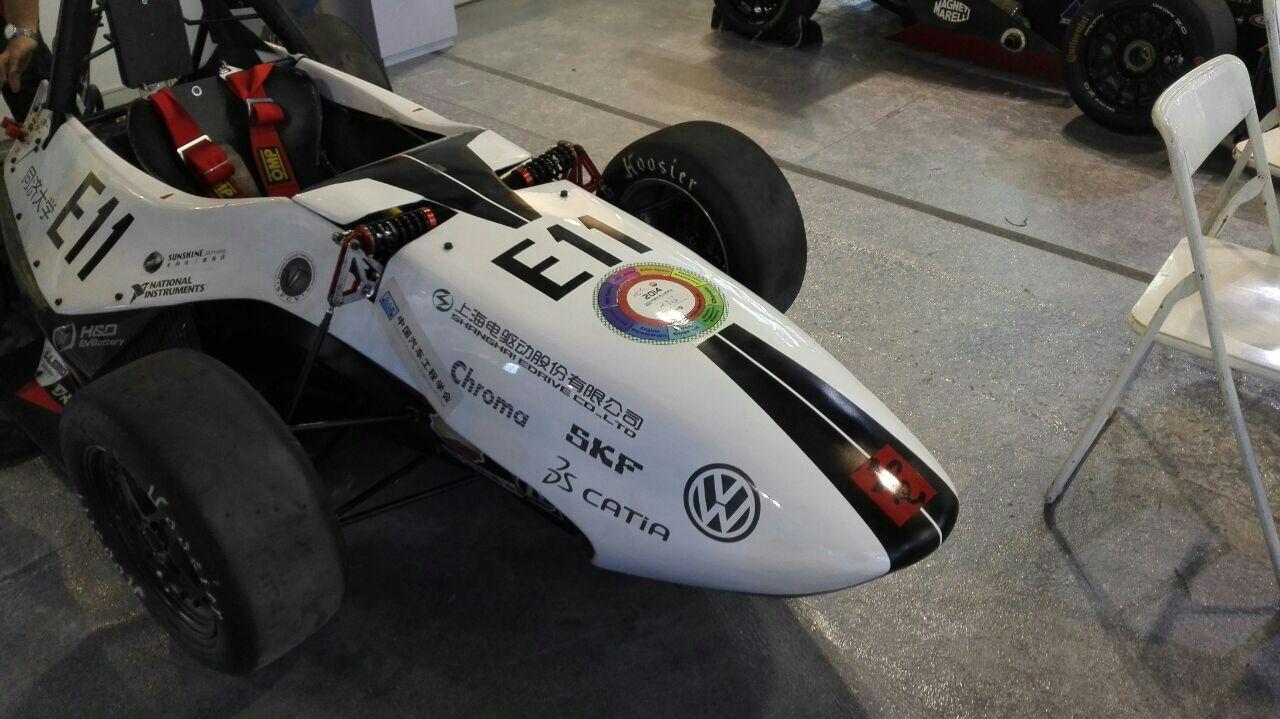 There are so many benefits to 3D printing within the manufacturing space. It all just depends what you are using the technology for. Within the aerospace industry we repeatedly hear about how 3D printing metal components can cut a tremendous amount of weight, an incredibly important variable within the construction of anything that’s taking flight. Whether it’s NASA, Boeing, Airbus, or the numerous other companies adopting 3D printing for this reason, one thing is clear: lots of money is being saved.
There are so many benefits to 3D printing within the manufacturing space. It all just depends what you are using the technology for. Within the aerospace industry we repeatedly hear about how 3D printing metal components can cut a tremendous amount of weight, an incredibly important variable within the construction of anything that’s taking flight. Whether it’s NASA, Boeing, Airbus, or the numerous other companies adopting 3D printing for this reason, one thing is clear: lots of money is being saved.
The aerospace industry is not the only area in which weight reduction will lead to cost savings. Take for instance automobiles. The lighter a vehicle is, the less resistance it encounters, meaning it  can move faster and use less fuel. 3D printing certainly isn’t foreign to the auto industry. In fact Ford, Fiat Chrysler, Bentley, Rolls Royce, and just about every other auto manufacturer is using the technology in one form or another. There’s even a company called Local Motors that is using it to pretty much print entire vehicles.
can move faster and use less fuel. 3D printing certainly isn’t foreign to the auto industry. In fact Ford, Fiat Chrysler, Bentley, Rolls Royce, and just about every other auto manufacturer is using the technology in one form or another. There’s even a company called Local Motors that is using it to pretty much print entire vehicles.
3D printing is clearly the future of automotive manufacturing, and Tongji University in Shanghai, China realizes this. This week at the International Technology Import and Export Fair being held at the Shanghai World Expo Exhibition, an incredible vehicle was on display. With over 1,000 companies and universities on hand displaying a variety of innovative technologies, and 30,000 attendees expected, students from Tongji University unveiled a one-seated electric race car which utilized 3D printing almost to an extreme.
The vehicle, which featured over 362 different 3D printed parts, is incredibly light, weighing only about 30% of what a typical race car of this size would weigh. The weight reduction helps to increase speed and acceleration, enables a longer range before the batteries are drained, and has also proved that 3D printing can accomplished the same traditional manufacturing goals, only better. Looking at the vehicle it’s hard to tell that a significant portion of it is printed out. That’s because the majority of the 3D printed components are within its internal structure. In fact even components within the engine are printed from aluminum.
Although currently many auto manufacturers are only using 3D printing for prototyping, a time is coming, soon enough, when the cars we drive will be lighter and more fuel efficient, and feature end-use components like this vehicle coming out of Tongji University in Shanghai. It’s awesome to see young people around the world pushing this technology forward in a way which certainly has us all excited to see what the future may have in store.
Is this the future of racing and automobile manufacturing? Let’s hear your thoughts in the 3D Printed Race Car forum thread on 3DPB.com.
Subscribe to Our Email Newsletter
Stay up-to-date on all the latest news from the 3D printing industry and receive information and offers from third party vendors.
You May Also Like
Precision at the Microscale: UK Researchers Advance Medical Devices with BMF’s 3D Printing Tech
University of Nottingham researchers are using Boston Micro Fabrication‘s (BMF) 3D printing technology to develop medical devices that improve compatibility with human tissue. Funded by a UK grant, this project...
3D Printing Webinar and Event Roundup: April 21, 2024
It’s another busy week of webinars and events, starting with Hannover Messe in Germany and continuing with Metalcasting Congress, Chinaplas, TechBlick’s Innovation Festival, and more. Stratasys continues its advanced training...
3D Printing Webinar and Event Roundup: March 17, 2024
It’s another busy week of webinars and events, including SALMED 2024 and AM Forum in Berlin. Stratasys continues its in-person training and is offering two webinars, ASTM is holding a...
3D Printed Micro Antenna is 15% Smaller and 6X Lighter
Horizon Microtechnologies has achieved success in creating a high-frequency D-Band horn antenna through micro 3D printing. However, this achievement did not rely solely on 3D printing; it involved a combination...


































